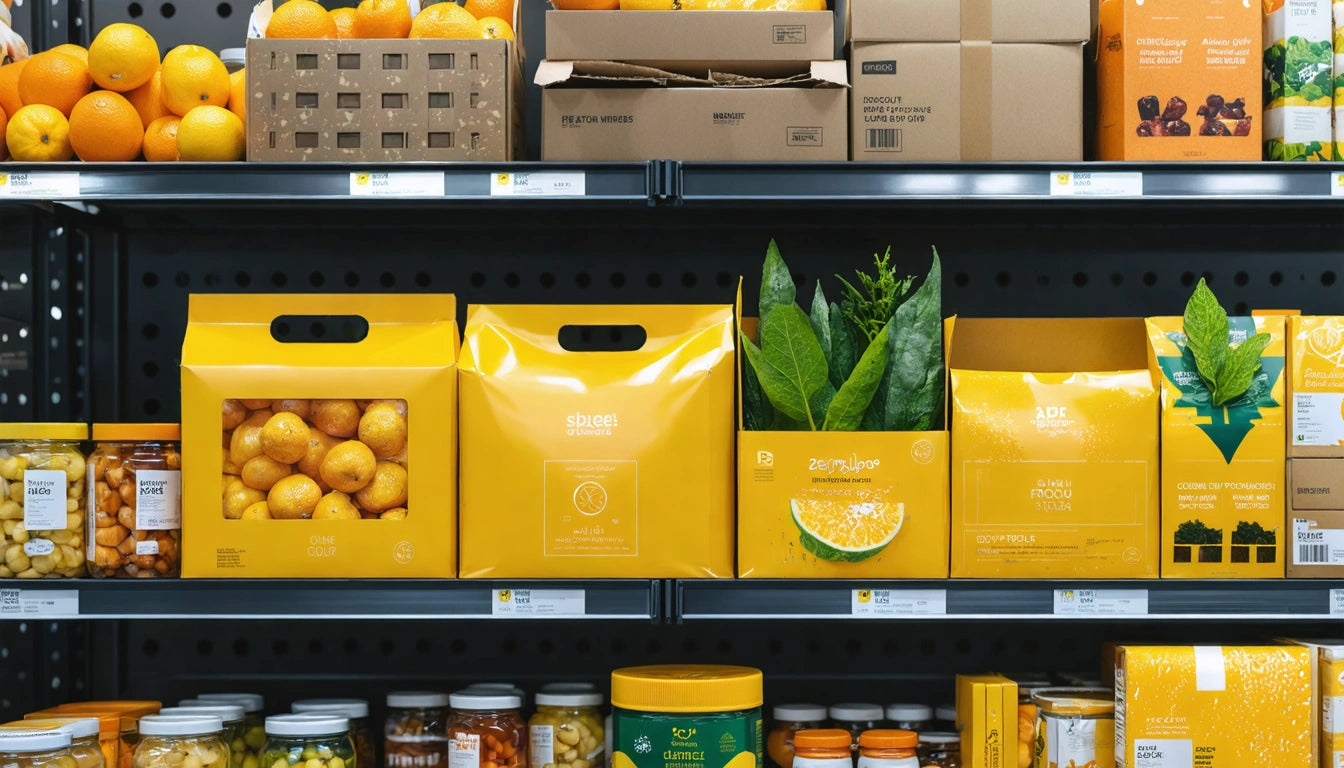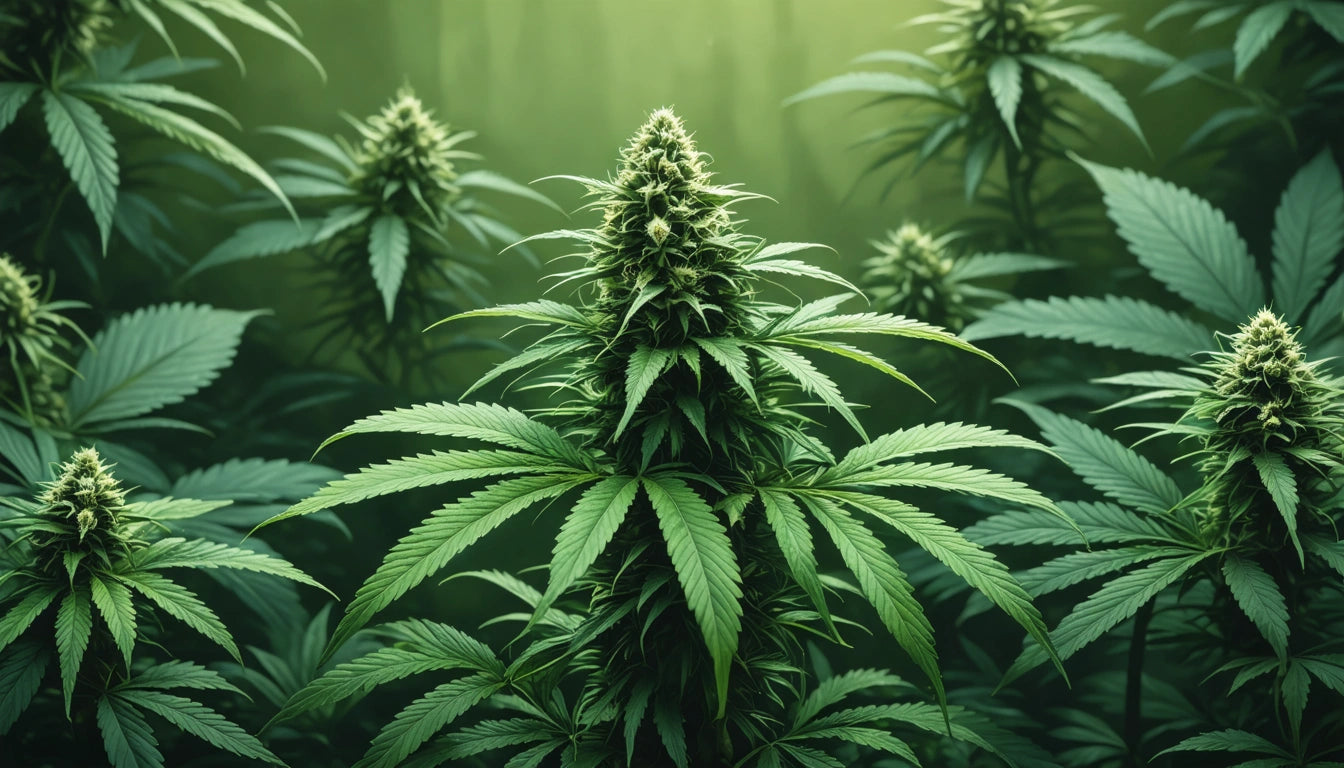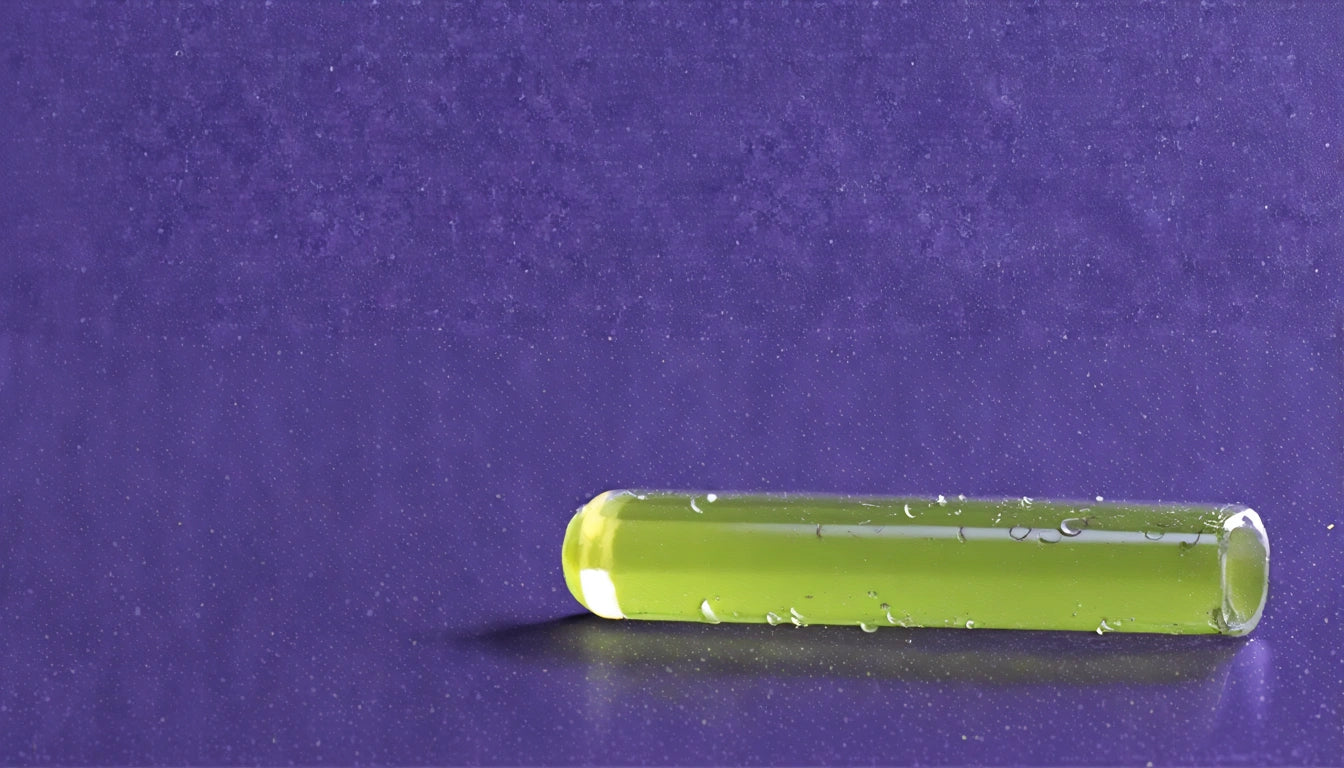Table of Contents
Designing Packaging That Boosts Shelf Appeal in Big Box Stores
In the competitive landscape of big box retail, effective packaging design can mean the difference between products that fly off shelves and those that remain unsold. With thousands of items competing for consumer attention, strategic packaging design becomes a critical factor in retail success. This guide explores proven techniques to enhance shelf appeal and drive sales in high-volume retail environments.
Understanding the Big Box Retail Environment
Big box stores present unique challenges for product visibility. These massive retail spaces feature long aisles, high shelves, and thousands of competing products. Shoppers typically make purchasing decisions in seconds, scanning shelves quickly rather than examining each item individually.
According to research on retail packaging effectiveness, consumers form first impressions within 100 milliseconds of seeing a product. This means your packaging must communicate value instantly in environments where attention is scarce and competition is fierce.
Visual Hierarchy Elements That Drive Purchases
Brand Block Techniques
Creating a strong brand block involves designing packaging that creates visual continuity when products are displayed together. This technique amplifies shelf presence by turning individual items into a larger visual unit that's harder to overlook.
- Consistent color schemes across product lines
- Recognizable logo placement and sizing
- Unified structural elements that align when shelved together
- Distinctive silhouettes that stand out from competitors
Focal Points and Eye Movement
Strategic design guides the consumer's eye to key selling points. Effective retail packaging uses contrast, scale, and positioning to create a visual journey that highlights product benefits and builds desire.
Color Psychology for Maximum Shelf Impact
Color choice significantly influences perception and purchase behavior in retail environments. The right palette can help your product stand out while also communicating key brand attributes.
Category Color Codes
Many product categories have established color conventions that consumers use as visual shortcuts. For example, green often signifies natural or organic products, while black frequently denotes premium positioning. Understanding these codes allows brands to either align with category expectations or deliberately break them to stand out.
When selecting weighing equipment for inventory management, many retailers rely on precision digital scales that offer both accuracy and durability for consistent product measurement, which directly impacts packaging decisions and retail presentation.
Structural Design Considerations for Big Box Success
The physical form of packaging plays a crucial role in shelf appeal and functionality. Structural design must balance visibility, protection, and usability while meeting retailer requirements.
Shelf-Ready Packaging
Many big box retailers prefer shelf-ready packaging that transitions easily from shipping to display. Effective shelf-ready designs minimize stocking time while maximizing product visibility.
Facing Optimization
The front-facing surface area (or "face") of packaging determines how much shelf space a product occupies visually. Designs that maximize facing without requiring excessive shelf space tend to perform better in retail environments.
Club stores present additional challenges, requiring specialized packaging approaches that work within warehouse display environments while still maintaining brand identity.
Messaging and Communication Strategies
What your packaging says is as important as how it looks. Effective messaging hierarchy ensures that consumers quickly understand what the product is, what benefits it offers, and why they should choose it over alternatives.
Clarity Over Cleverness
While creative copywriting has its place, clarity should always be the priority in big box environments. Shoppers should be able to identify the product category and key benefits within seconds.
Information Hierarchy
Not all product information deserves equal prominence. Strategic packaging places the most compelling selling points where they'll be seen first, with supporting details in secondary positions.
Seasonal strategies can also boost shelf appeal, as festive packaging elements help products stand out during competitive holiday shopping periods.
Packaging Innovation and Future Retail Trends
The retail landscape continues to evolve, with new technologies and consumer expectations shaping packaging requirements. Forward-thinking brands are already adapting their packaging strategies to address emerging trends.
Interactive elements like QR codes that link to digital experiences are becoming increasingly common, bridging the gap between physical products and online content. Sustainability considerations are also growing in importance, with consumers showing preference for brands that minimize packaging waste.
As research on packaging conversion rates demonstrates, packaging that embraces these innovations while maintaining strong shelf visibility achieves the highest performance in today's competitive retail environment.
By combining strategic visual design, structural innovation, and clear communication, brands can create packaging that not only stands out in crowded big box environments but actively drives consumer purchase decisions at the critical moment of truth.











Leave a comment
All comments are moderated before being published.
This site is protected by hCaptcha and the hCaptcha Privacy Policy and Terms of Service apply.